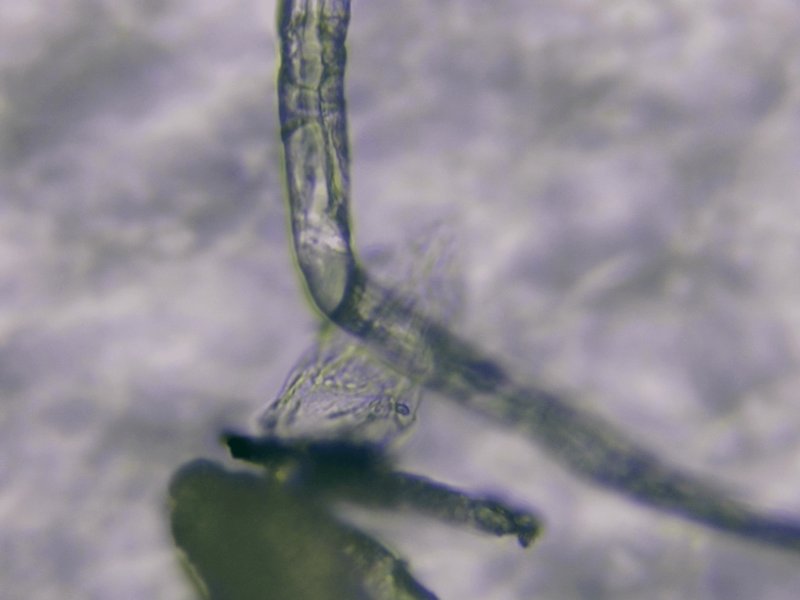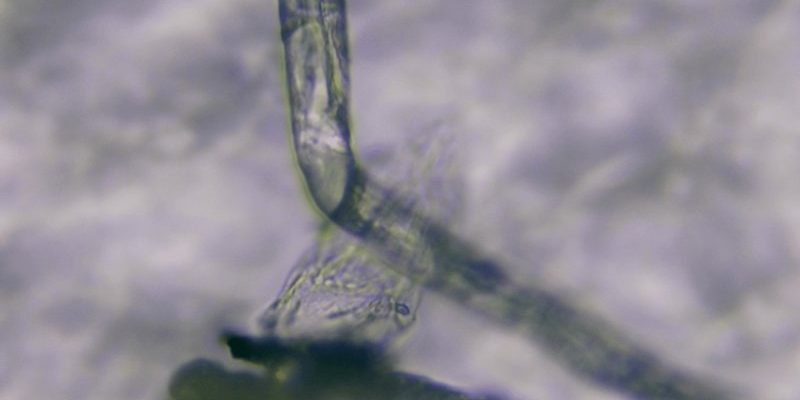
When we talk about seasonal behavior patterns of nematomorph, we’re delving into the ways these worms interact with their environment throughout the year. Much like how you might notice a change in your mood with the seasons—longing for freshness in spring or cozying up in winter—nematomorphs also show distinct behaviors influenced by temperature, moisture, and food availability. In this article, we’ll discuss how these patterns come to life in field studies, helping us understand this bizarre yet beautiful part of nature better.
The Lifecycle of Nematomorphs
Nematomorphs have a lifecycle that is both complex and fascinating. They start as tiny eggs laid in water, often in still ponds or streams. Once hatched, they become larvae that live within their primary hosts: usually insects like grasshoppers or crickets. Yes, you read that right! These worms spend a significant part of their lives inside another creature, pulling strings like a puppeteer.
As they grow, they begin to manipulate their host, using clever biochemical mechanisms to compel the insect to seek water. This step is crucial because nematomorphs need to return to a watery environment to mature into adults. It’s like having a friend who insists on jumping into the pool even when they’re soaking wet—sometimes, the persuasion comes from within!
This lifecycle sets the stage for understanding their seasonal behavior patterns. Adult nematomorphs are more commonly observed when conditions are just right, like during warm, humid summer months, making it essential for researchers to study them during these peak times.
Seasonal Patterns in Emerging Adults
Adult nematomorphs tend to emerge from their hosts during specific seasons, primarily in late spring and summer. Why, you might ask? Here’s the thing: when the air warms and moisture levels rise, it creates an ideal environment for these creatures to thrive. Think of it as nature’s way of ensuring they have the best chances for survival and reproduction.
During these seasons, field studies have observed that emerging adults are incredibly active. They can be spotted wriggling out of their hosts and into the open water, where they begin their quest to reproduce. This part of the lifecycle is where we see dramatic behavior changes. It’s like a coming-of-age tale, where they break free from their confines and find their own way in the world.
Interestingly, these adults are also prone to brief bursts of movement, as they navigate their surroundings in search of a mate. This behavior is often influenced by factors like light conditions and temperature, highlighting how adaptable these creatures are.
Effects of Temperature on Behavior
Temperature plays a significant role in the seasonal behavior patterns of nematomorphs. During warmer months, you’ll find them more active as they bask in the sun’s heat. Just like us, they enjoy comfortable temperatures, which boost their energy and activity levels.
In essence, nematomorphs are ectothermic, meaning their body temperature is regulated by their environment. As the temperature rises, so does their metabolism. They tend to be sluggish during cooler periods, often hiding away until conditions improve. In field studies, researchers have noted that high temperatures can lead to increased mating behaviors and a higher likelihood of them being spotted.
Conversely, when temperatures drop, nematomorphs often retreat to deeper waters or sheltered areas, remaining inactive until it warms up again. You might even think of them as sun-seeking creatures, basking in the warmth of summer while keeping a low profile during the frigid months.
Moisture and Habitat Preferences
Just as some people thrive in humid environments while others prefer arid ones, nematomorphs have specific habitat preferences that change with the seasons. They flourish in wet, moist environments like streams, ponds, and puddles. During wetter months, they become incredibly active, emerging from their hosts to explore their surroundings.
Field studies show that increased moisture levels correlate directly with higher populations of nematomorphs. They often seek out temporary water bodies after rain, which creates prime conditions for reproduction. Observers have spotted them congregating near the edges of ponds, almost as if they’re having a lively social gathering amid the greenery.
However, during dry spells or winter months, their behaviors shift dramatically. They tend to retreat to more shaded, damp areas to avoid desiccation. They’re not just disappearing; they’re adapting to survive until conditions improve again.
Feeding Patterns and Diet Shifts
The seasonal behavior patterns of nematomorphs also include shifts in their feeding habits. As adults, they primarily feed on smaller insects and organic debris found in aquatic ecosystems. When food is plentiful—commonly in late spring and summer—their feeding frenzy can lead to observable spikes in their populations.
However, you might be wondering what happens during lean months. When resources dwindle, nematomorphs can enter a sort of hibernation mode, slowing their metabolism and becoming less active. This adaptation allows them to survive periods when food is not as abundant.
Field studies have shown that during these times, they might rely on stored energy reserves before becoming active again when food becomes available. This behavior highlights their resilience and ability to thrive in fluctuating conditions, ensuring their survival through the seasons.
Research and Implications for Conservation
Studying the seasonal behavior patterns of nematomorphs provides crucial insights into their ecological role. Field studies help researchers understand their interactions with other species, including their effects on the populations of the insects they infect. These insights can inform conservation efforts, especially in wetland areas essential for diverse ecosystems.
Moreover, understanding these patterns can help predict how climate change may impact nematomorph populations. As global temperatures rise and weather patterns shift, their habitats—and consequently their behavior—may be disrupted. This knowledge can guide conservation strategies, allowing for better management of these unique organisms and their habitats.
By observing their behaviors during different seasons, we can better appreciate the complex relationships that exist in nature. The more we learn about the lives of nematomorphs, the clearer it becomes that every creature, no matter how peculiar, plays a part in the grand tapestry of life.
The seasonal behavior patterns of nematomorphs reveal a fascinating glimpse into the complexities of life in freshwater ecosystems. From their remarkable lifecycle to their interactions with the environment, these creatures adapt in incredible ways to thrive, survive, and reproduce.
By understanding and documenting these behaviors, researchers can ensure we maintain a healthy balance in our ecosystems. Next time you find yourself walking near a river or pond, take a moment to appreciate the life teeming beneath the surface. You never know—there might be a nematomorph nearby, ready to remind us of nature’s wonders.

